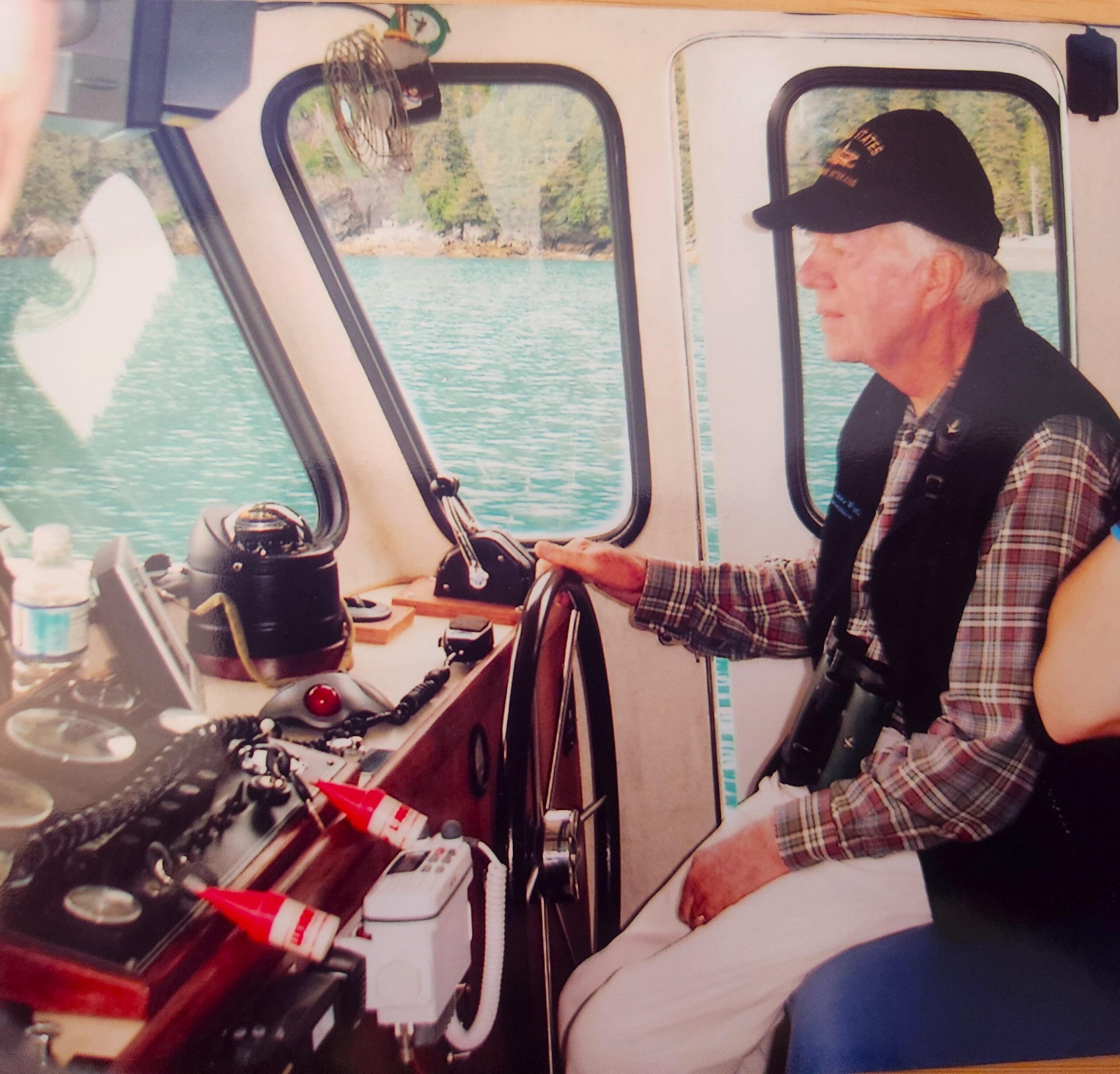
President Jimmy Carter’s visionary stand for Alaska
by Dawnell Smith
President Jimmy Carter died this month, but his lifelong expression of faith and care for people and nature continues. He was 100 years old.
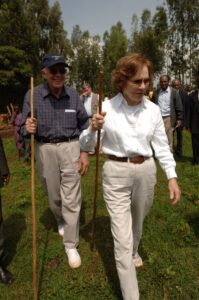
Former President Jimmy Carter and former First Lady Rosalynn Carter visit the village of Mosebo, Ethiopia, in 2005 to commend the Amhara Region’s efforts to prevent trachoma, a painful bacterial disease that causes blindness. Photo courtesy The Carter Center
Carter’s presidency seems almost like a blip in his long life committed to peace, people, and the planet. His principles and labor ripples outward and will for generations to come. As President, he had profound influence on Alaska. He signed the Alaska National Interest Lands Conservation Act, or ANILCA, in 1980 to protect lands and subsistence uses in over 150 million acres around the state, including national parks, refuges, wilderness, and monuments.
In his memoir from 1988, he reflected on the importance of nature to his life. “I have never been happier, more exhilarated, at peace, rested, inspired, and aware of the grandeur of the universe and the greatness of God than when I find myself in a natural setting not much changed from the way He made it.”
Many Alaskans can find themselves in those words, regardless of their faith or politics. Nature holds Alaska’s future, as it always has, and should surely inspire reciprocity; yet, systems of extraction and exploitation strive to take, not give, no matter the harmful and catastrophic consequences to the land and water, and the living beings who rely on Earth’s natural abundance.
Carter’s Alaska legacy
The landmark environmental law known as ANILCA proved prescient, for today we confront extreme biodiversity loss, a climate crisis, and a cascade of related impacts with cultural, social, economic, and physical outcomes that can have life and death consequences. President Carter remarked, as he signed ANILCA, that it was “without a doubt one of the most important pieces of conservation legislation ever passed in this nation.”
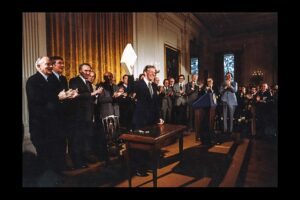
President Jimmy Carter celebrates after signing the Alaska National Interest Conservation Act on December 2, 1980. Jimmy Carter Presidential Library photo.
Peg Tileston, one of Trustees’ founders from the 1970s and current board member, went to the White House to witness that signing. “It was so exciting to be in the East Room with all the people who had worked so hard to make that legislation happen,” she said, “and to watch President Carter sign it and hold it up with such a tremendous smile.”
Tileston, now 94, grew up on a farm just as President Carter did. “He understood the importance of supporting the land and the importance of land to the people who depend on it,” she said. “He understood that land continues to sustain us because we take care of it.”
Carter’s advocacy for and signing of ANILCA meant protecting vast areas of Alaska that support biodiversity, provide climate solutions, and sustain Alaska ways of life and the food, traditions, and cultural identities of Alaska Native communities. He cared deeply for the Arctic region and is the only president to have traveled to the Arctic National Wildlife Refuge. He steadfastly defended ANILCA late into his life.
When two land trade deals were made in 2018 and 2019 to open Izembek National Wildlife Refuge to a commercial road, Trustees sued. In 2022, we went to the U.S. 9th Circuit Court of Appeals to defend ANILCA and protect Izembek, and President Carter filed an amicus brief in support. Former presidents usually don’t get involved in court cases, but this one meant something to the man who understood and lived the values of caring for the land.
The Carter Center continues to advocate for the care of nature, people, and the common good.
A visionary and a friend
“I was 12 when President Carter left office and I heard the sentiment that his presidency was a bust,” said Vicki Clark, Trustees’ executive director. “Now, after working in conservation in Alaska for over 20 years, I know how wrong that assessment was and is.”
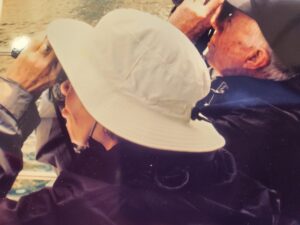
The Carters look for birds in Kenai Refuge, 2005. Courtesy Deborah Williams
In fact, President Carter showed incredible vision in protecting natural places and ways of life, and in advocating for and developing renewable energy sources, she said. “Imagine if the next few presidents had continued rather than unraveled that work?”
Deborah Williams, a former Trustees’ board president and member, talked about President Carter’s accomplishments in an ode to his presidency published in the Washington Post after his death: “Throughout his presidency and afterward, Mr. Carter showed an unwavering commitment to safeguarding our nation’s environment: He promoted solar energy, opposed unnecessary dams and river diversion projects, and released a prescient report on climate change. But the most important part of his legacy is the Alaska National Interest Lands Conservation Act.”
Much of what we do at Trustees centers on upholding the intentions and values in ANILCA and similar laws. We absolutely stand on the shoulders of President Carter, who in his role as president sought to protect the air we breathe, the water we drink, the habitat that nourishes plants and animals, and the unindustrialized, integrated landscapes essential to Alaska ways of life.
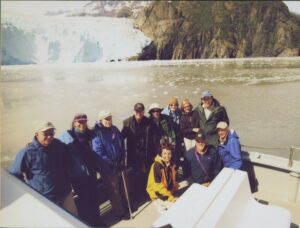
A celebration of the 25th anniversary of ANILCA with the Carters in Kenai Refuge. Photo courtesy Deborah Williams
Back in 2001, Trustees prepared a citizen’s guide to ANILCA with the Native American Rights Fund and The Wilderness Society. In the forward to that guide, we included something President Carter said on Aug. 23, 2000, when he came to Anchorage: “Of all the things I’ve ever done, nothing exceeds my pride in having been committed to play a small part, at least, in the passage of this legislation.”
Thank you, President Carter. Thank you for your vision and care for Alaska and the world’s landscapes that sustain life. May your legacy live on in the work we all do for the health of the Earth and each other.


